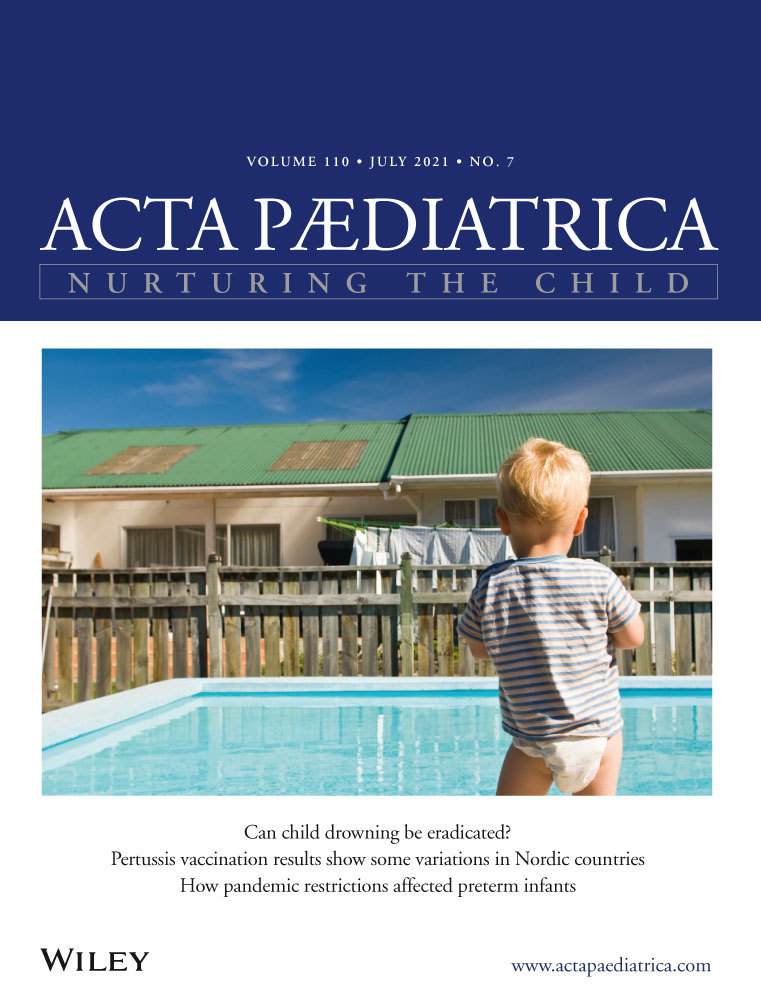BOOK REVIEW
Extremely preterm birth and its consequences. The ELGAN study, Edited by O Dammann, A Leviton, TM O'Shea, N Paneth, Pages: 236. Publisher: Mc Keith Press.
First published: 22 June 2021
No abstract is available for this article.
CONFLICT OF INTEREST
None.
REFERENCES
- 1Serenius F, Ewald U, Farooqi A, et al. Neurodevelopmental outcomes among extremely preterm infants 6.5 years after active perinatal care in Sweden. JAMA Pediatr. 2016; 170(10): 954-963.
- 2Fischi-Gómez E, Vasung L, Meskaldji DE, et al. Structural brain connectivity in school- age preterm infants provides evidence for impaired networks relevant for higher order cognitive skills and social cognition. Cereb Cortex. 2015; 25(9): 2793-2805.
- 3Padilla N, Alexandrou G, Blennow M, Lagercrantz H, Ådén U. Brain growth gains and losses in extremely preterm infants at term. Cereb Cortex. 2015; 25(7): 1897-1905.
- 4Skiöld B, Vollmer B, Böhm B, et al. Neonatal magnetic resonance imaging and outcome at age 30 months in extremely preterm infants. J Pediatr. 2012; 160(4): 559-566.e1.
- 5Padilla N, Saenger VM, van Hartevelt TJ, et al. Breakdown of whole-brain dynamics in preterm-born children. Cereb Cortex. 2020; 30(3): 1159-1170.




